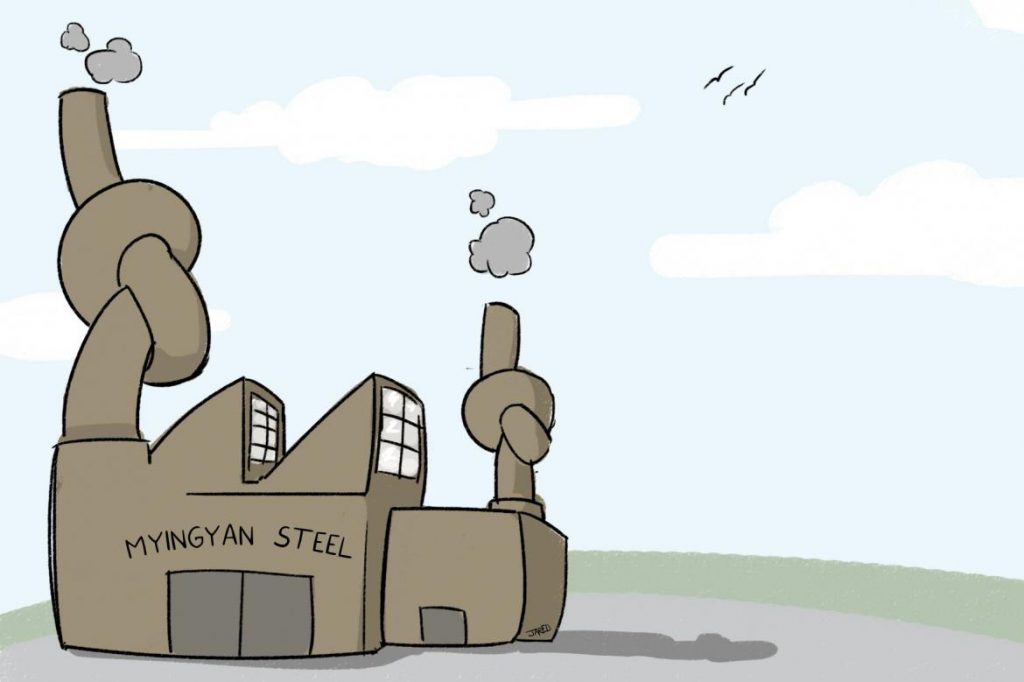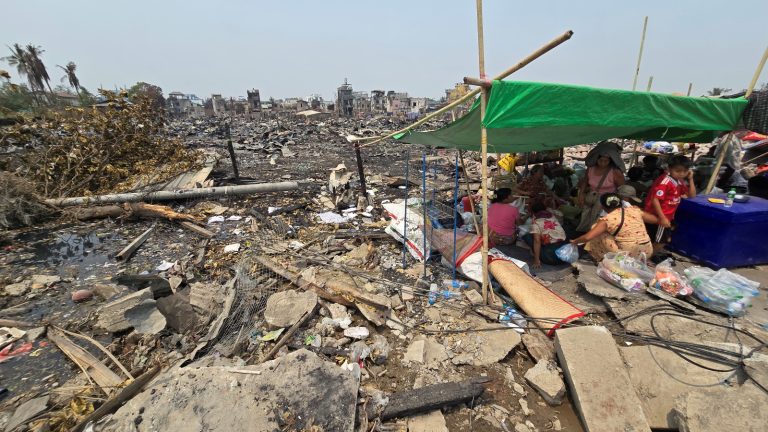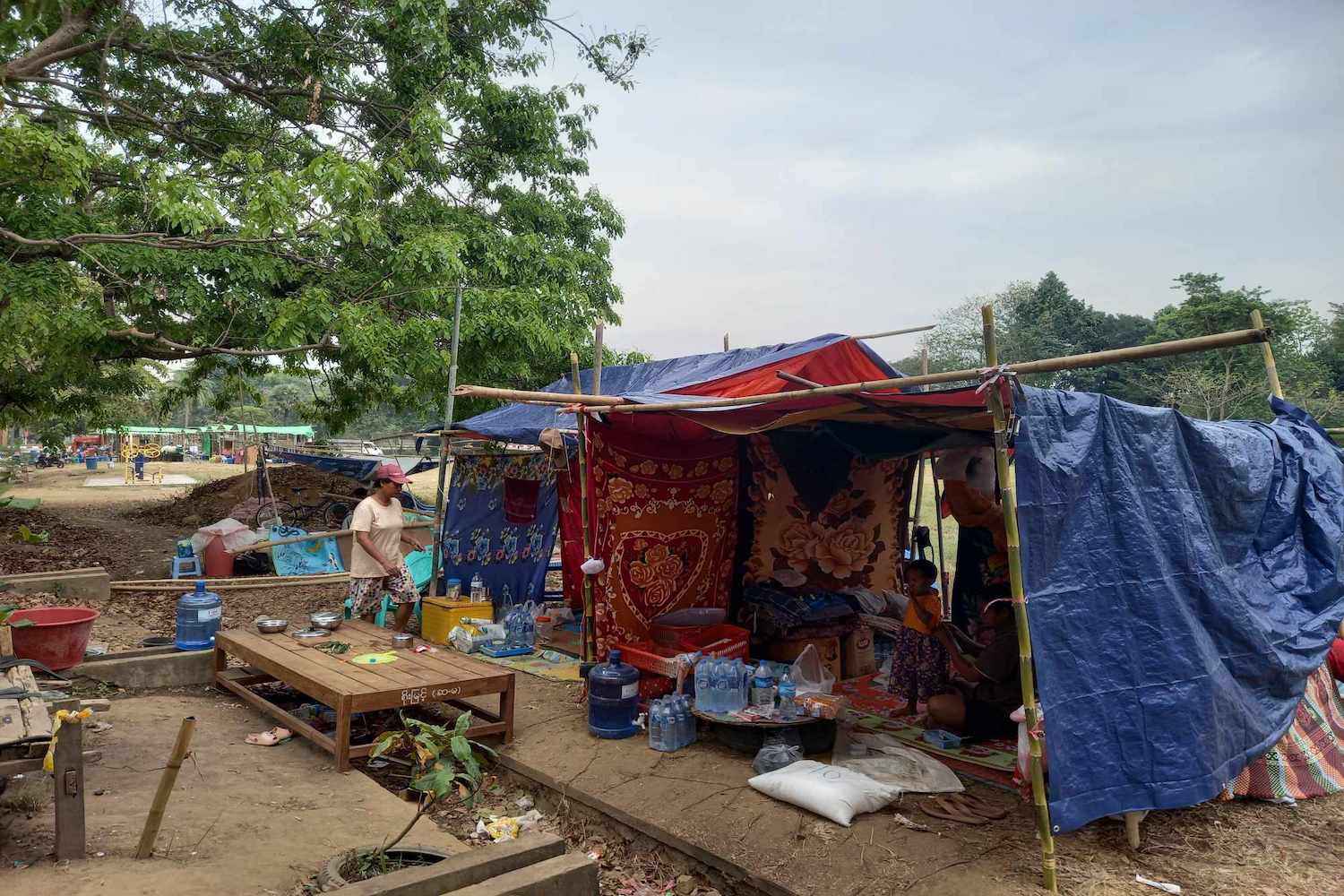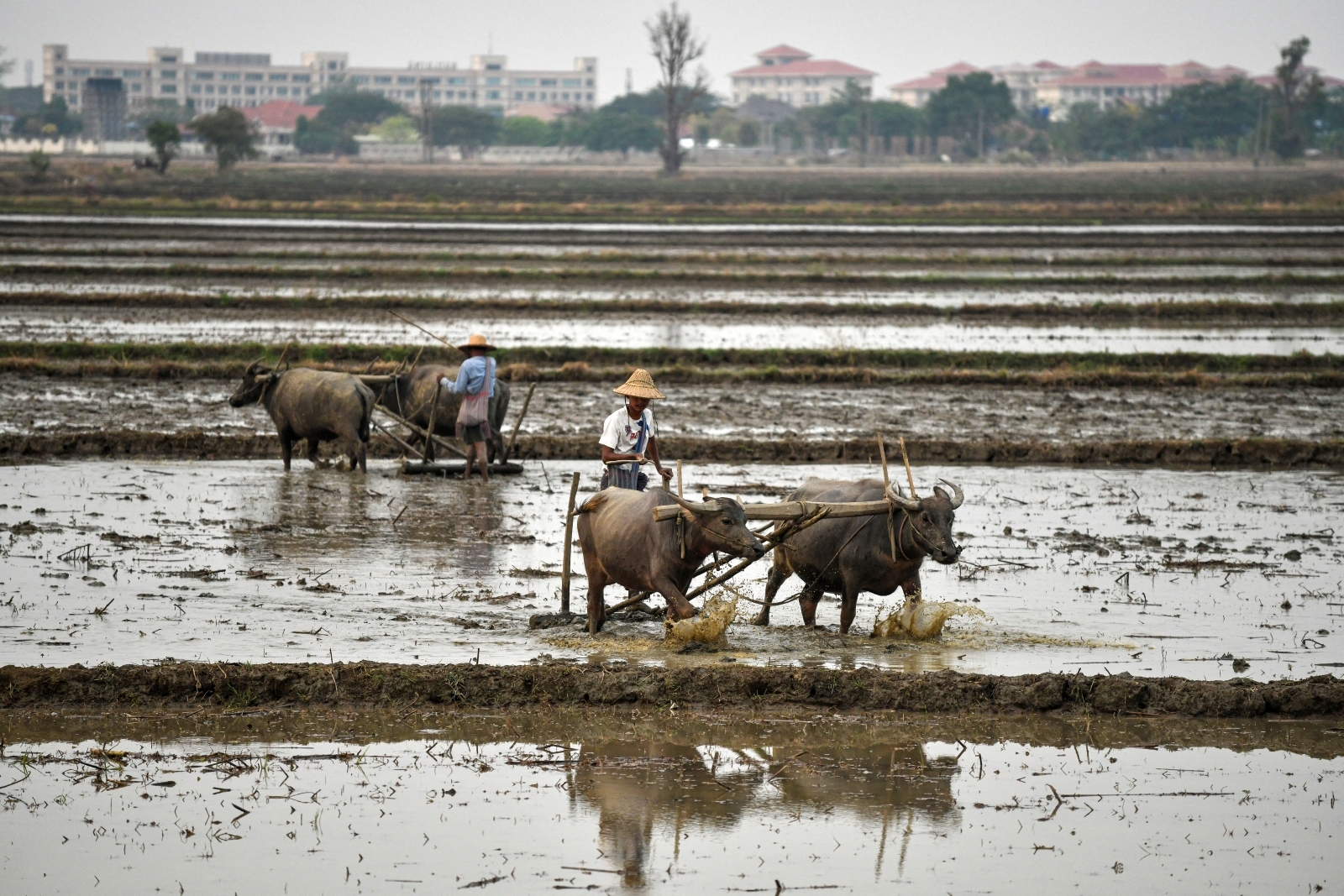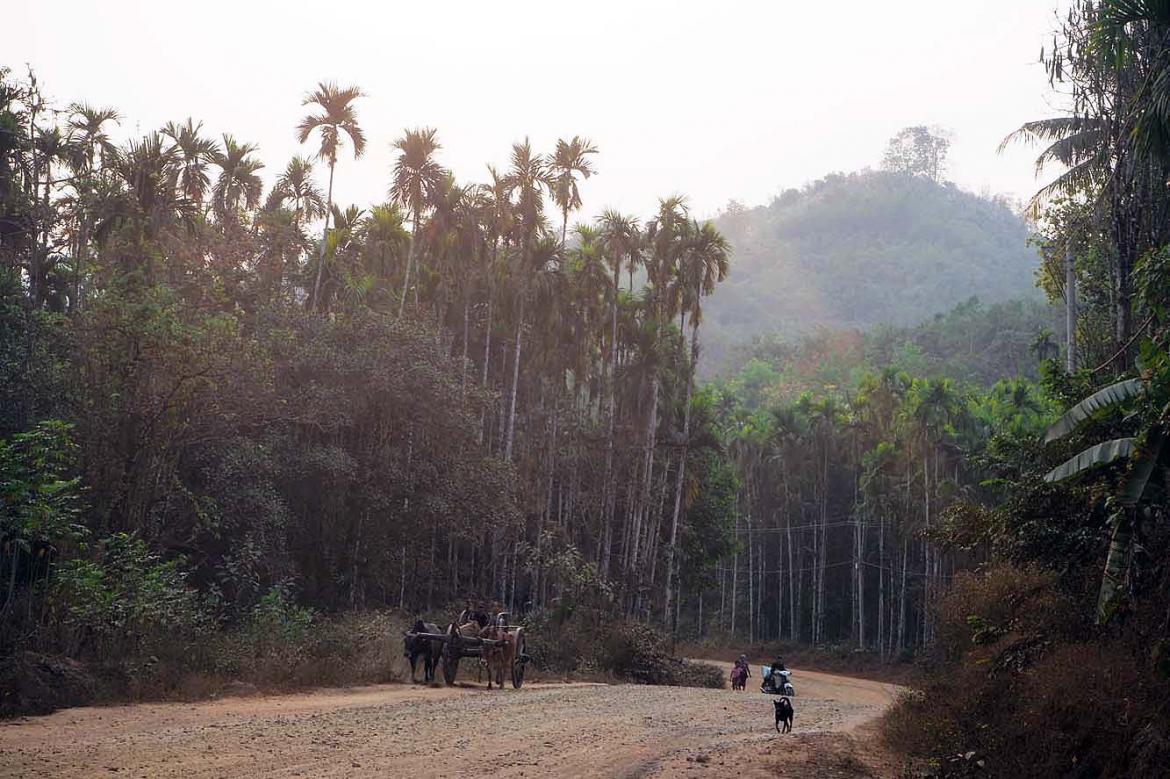In the two minutes it takes you to read this editorial, Myanmar will have had to repay another K700,000 – almost US$500 – on its debt for the Myingyan steel mill in Mandalay Region.
As revealed in the Mandalay Region Hluttaw on February 19, the government owes 1.615 billion euros in principal and interest to state-owned China Development Bank for loans taken to finance the mill. The debt won’t be paid off until 2032-33.
The investment in Myingyan might be justifiable if the plant was contributing to Myanmar’s economic development. Sadly, though, it never reached its full capacity and ceased operations completely in 2017, when a key piece of equipment broke. According to Myanmar Times, the mill requires another K225 billion in investment and No 1 Heavy Industry Enterprise is seeking expressions of interest from the private sector to get the plant up and running again. For an underdeveloped country like Myanmar, such mismanagement is particularly galling.
As far as white elephants go, Myingyan is hard to top. If it was a one-off then that would be bad enough, but there are literally dozens more failed state factories around the country like the Myingyan steel mill. Many were initiated under the State Peace and Development Council regime by the late U Aung Thaung, who was close to Senior General Than Shwe and held the minister for industry-1 post from 1997 to 2011.
In early 2018 Frontier investigated one such project, the Thabaung paper mill in Ayeyarwady Region, which cost almost $150 million and barely operated. Those factories that actually had some value were sold off in shady privatisation deals years ago.
Myingyan speaks to how low Myanmar sunk under military rule, and how far its economic management has come in the years since, particularly under the National League for Democracy government.
This is not necessarily a popular view. The NLD’s approach to the economy has been widely criticised but while some of that criticism is fair, in many cases it is simply self-serving.
Myanmar’s economy has not grown as fast under the NLD as the previous Union Solidarity and Development Party government, but it’s also had to negotiate more domestic and international headwinds.
The USDP government excelled at selling its economic reform agenda both domestically and abroad, but it also shied away from some of the more difficult economic reforms, did not do enough to address corruption and improve transparency, and rushed through a slew of ill-considered deals shortly before it left office in early 2016.
Which brings us back to Myingyan. The steel mill never made economic sense, and it will never make economic sense.
Yes, it was the military junta that initiated the project, back in 2005, and it was Myanmar Economic Corporation, which is under the Ministry of Defence, that took the loans in 2010 and 2011 committing Myanmar to repay more than 1.6 billion euros.
But the USDP government is just as much to blame for the debt. In 2012, it allowed MEC to transfer the steel mill – including its debt – to the Ministry of Industry. According to the Auditor General’s report cited in the Mandalay Region Hluttaw in February, by that point 566.97 million euros had been spent. At this point, it could have scrapped the project and sought to renegotiate the loan, but the Ministry of Industry instead spent an additional 475.37 million euros – almost half the loan.
It didn’t do this grudgingly. When lawmakers questioned the spending on Myingyan in November 2012, no less than four ministers attended parliament to argue for continuing the project. State media quoted Minister for Industry U Aye Myint as saying he had “strong confidence in [the] prospect[s] of the project”.
Finally, when the NLD took office, it stopped the rot, refusing to approve more capital spending at Myingyan in the 2017-18 budget.
Of course, the damage was done by this point – and the people of Myanmar will be paying the price for more than a decade to come.


